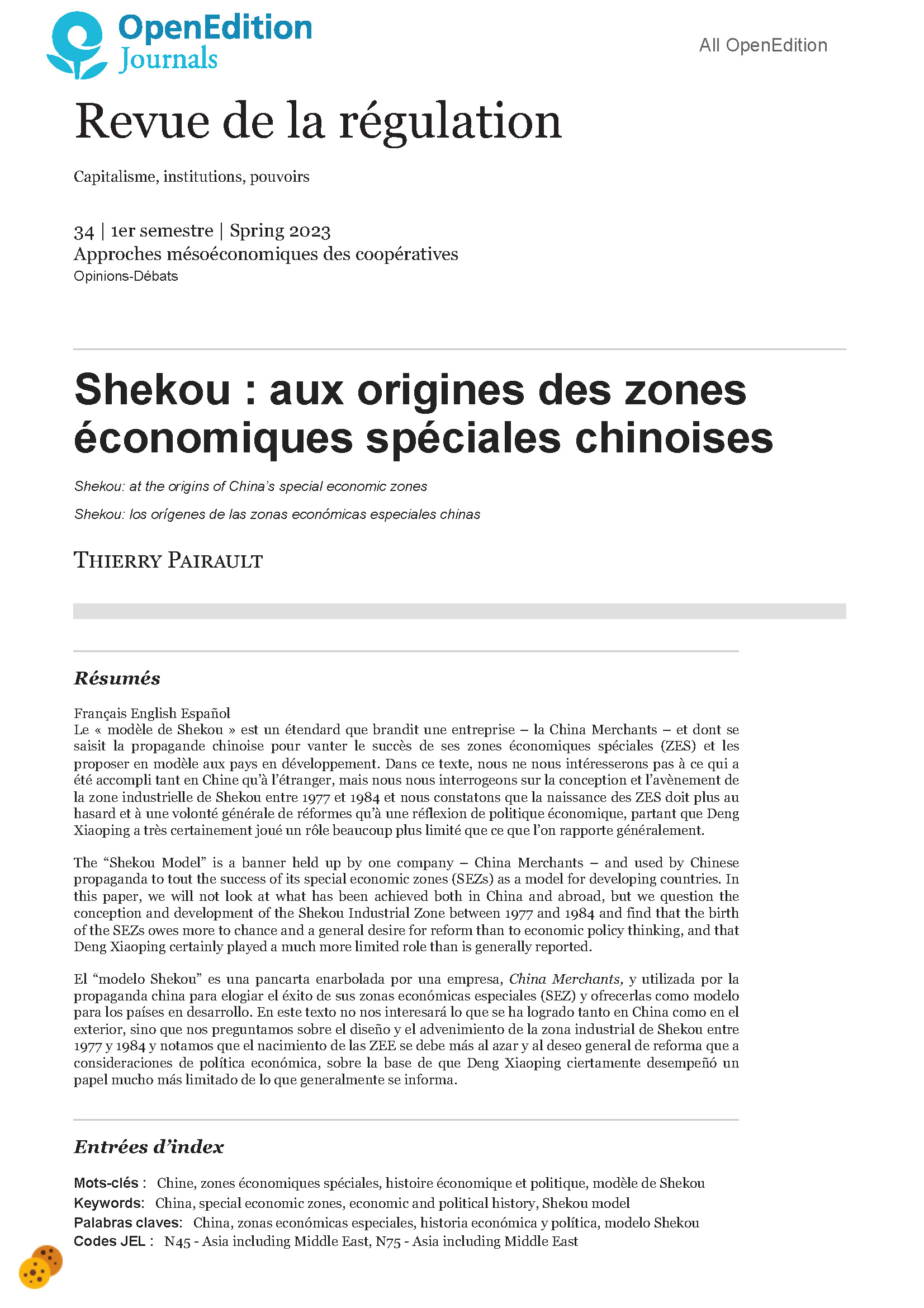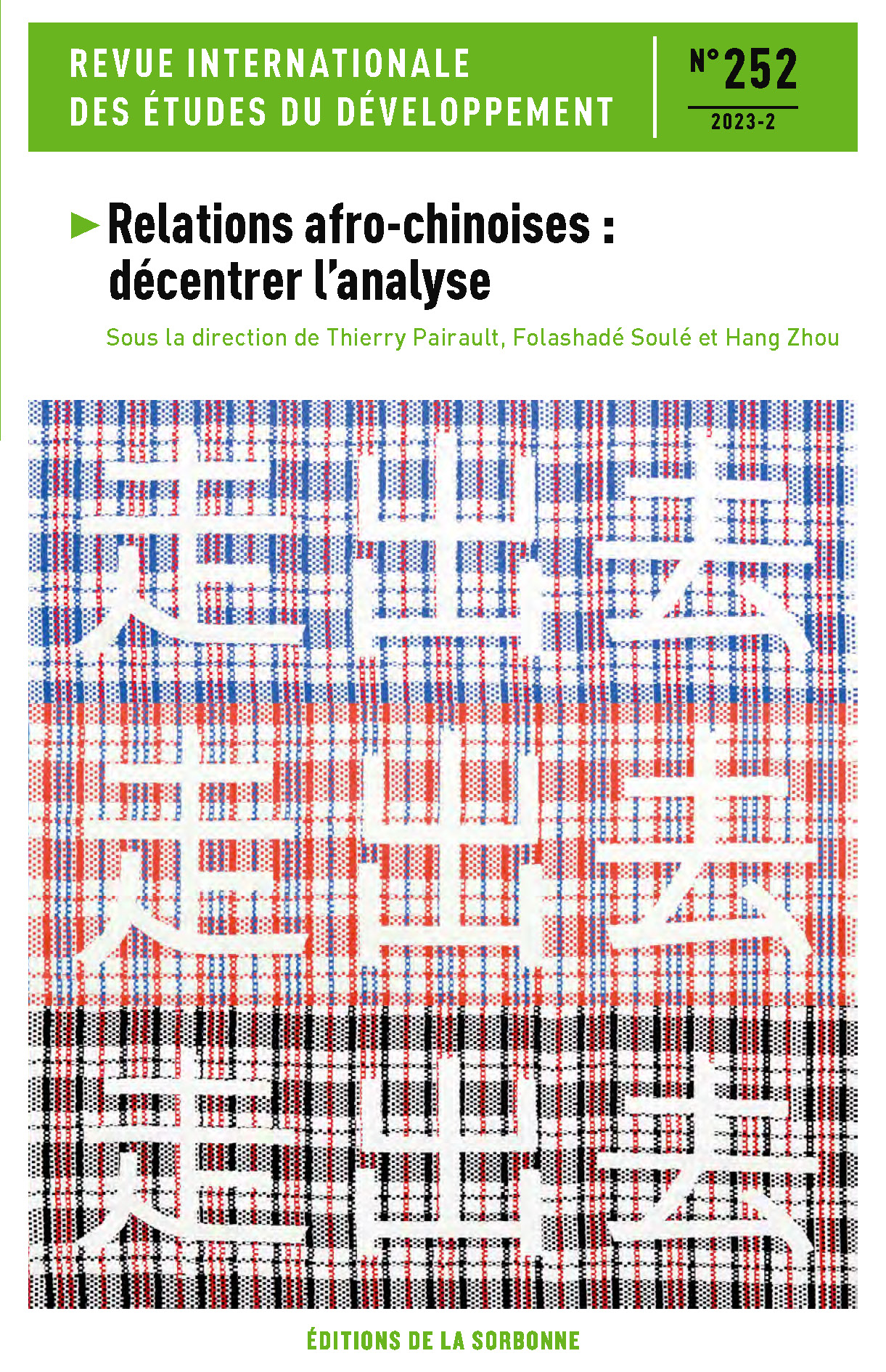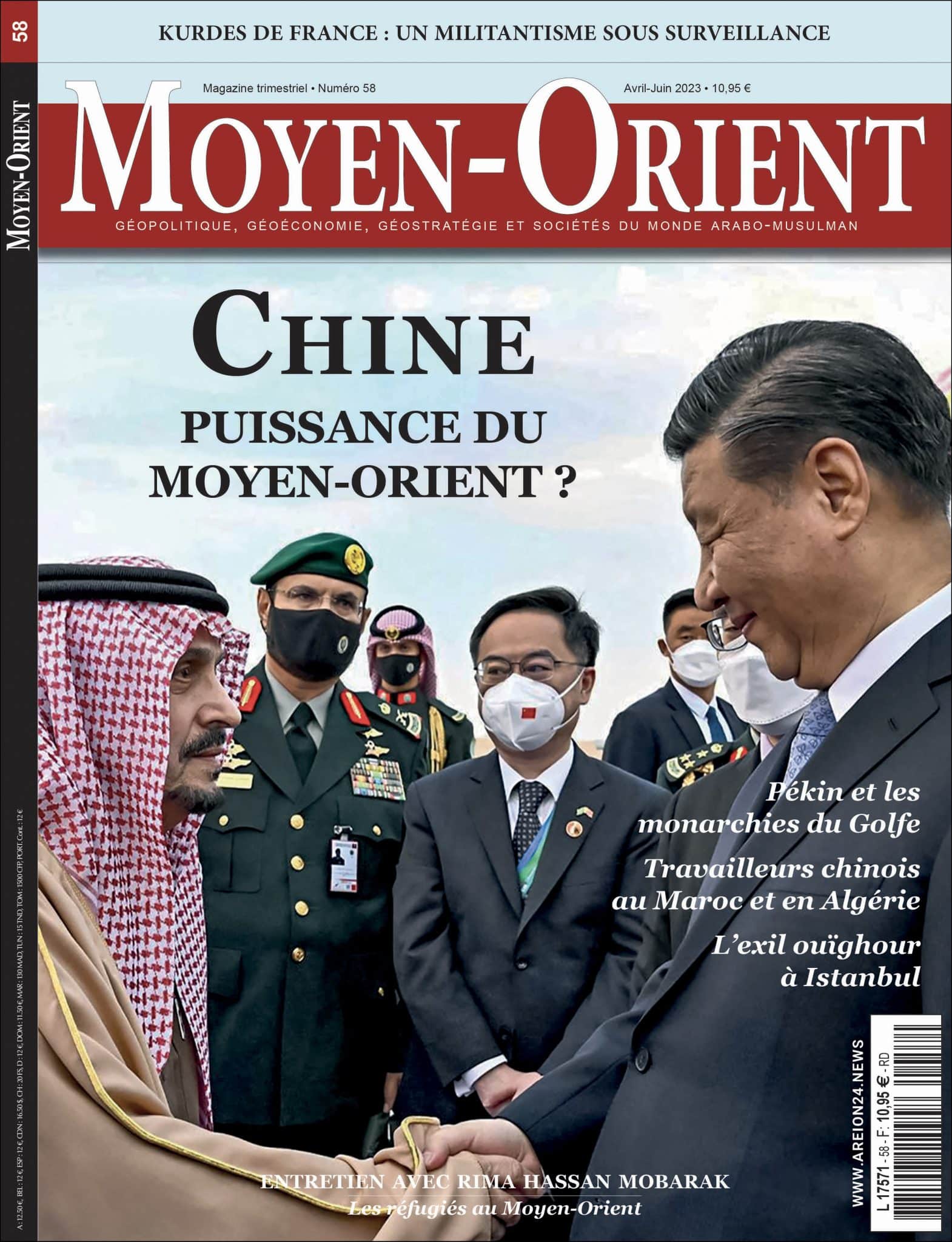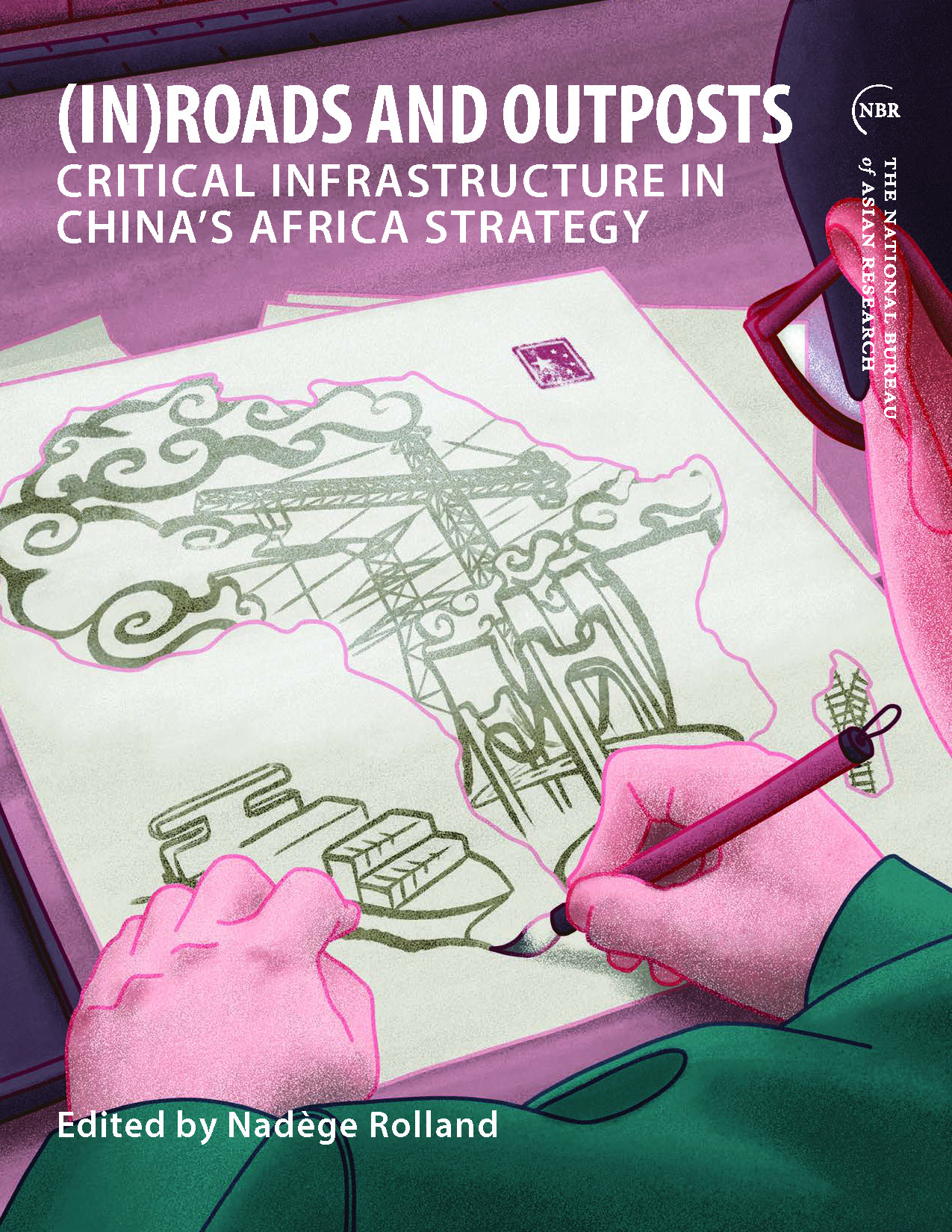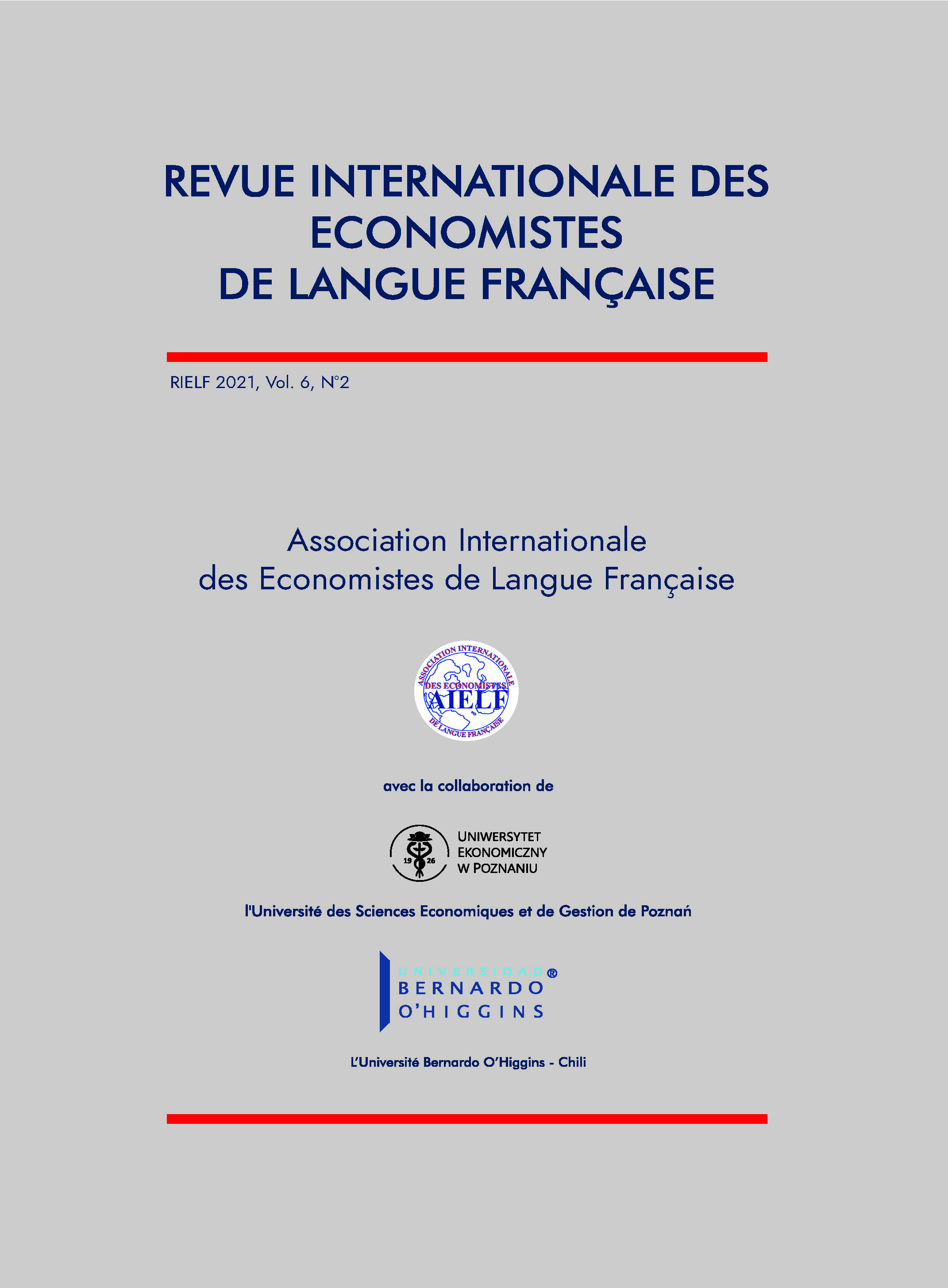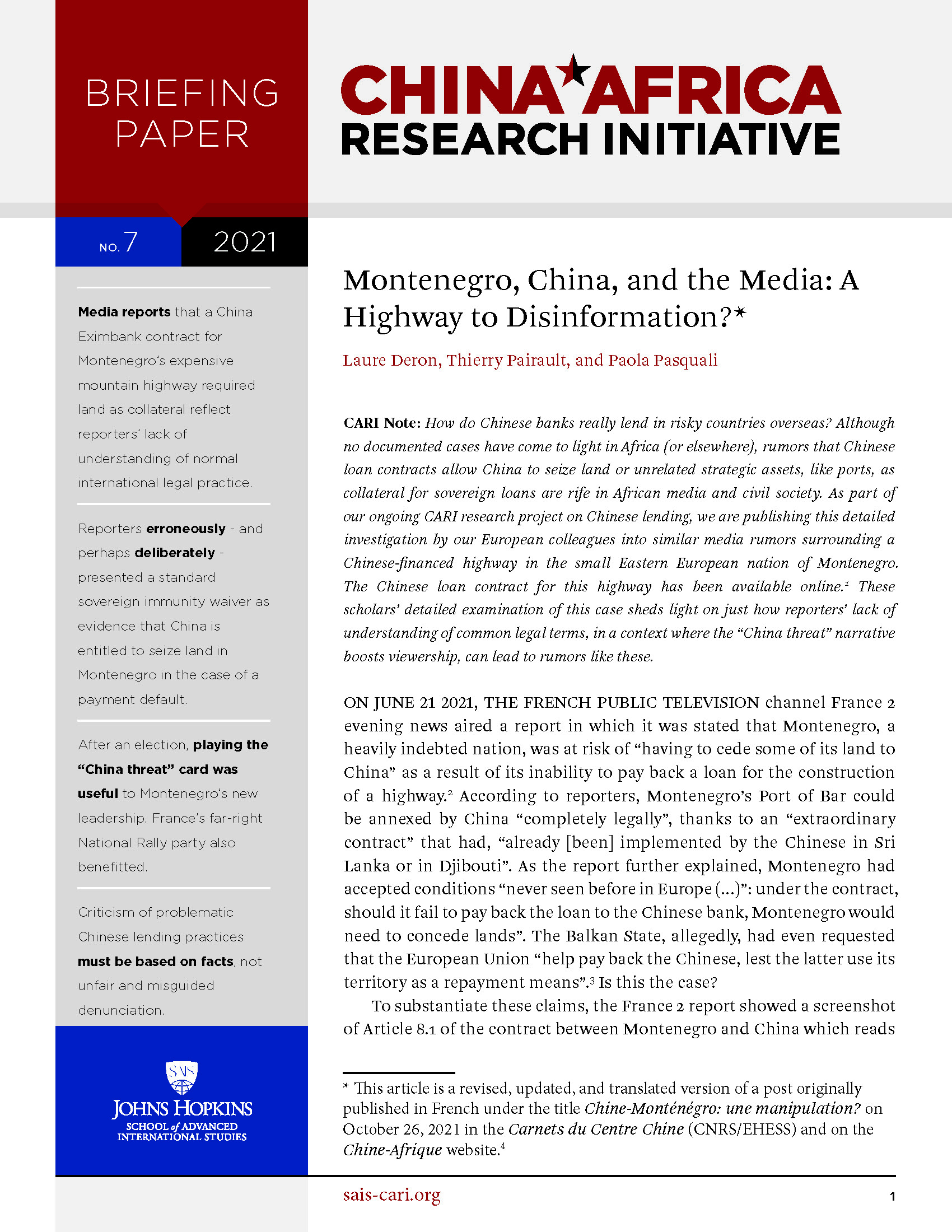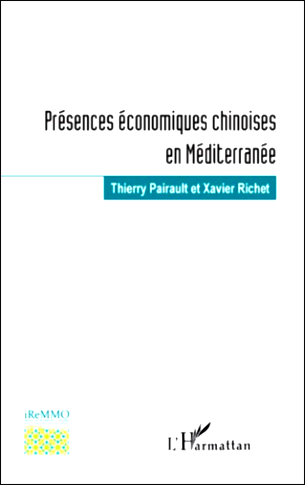China’s trade relations with the South: What can Africa learn from the Latin American case?
Alicia García-Herrero and Carlos Casanova Allende
BBVA Research, 28 novembre 2014
China has played a decisive role in facilitating South-South cooperation, marking a clear departure from traditional North-South dominance. Nothing reflects this shift more clearly than bilateral trade flows. Trade has grown exponentially between both regions and China but it is even more relevant for Africa. Notwithstanding its commodity abundance, Latin America has already accrued a trade deficit with China, while Africa has a questionable surplus. The message may be bad news for Latin America, as relatively higher PPP levels hint towards a greater degree of substitution versus Africa. However, Africa’s surplus is relative, as excluding the surge in exports of unclassified goods from South Africa to China between 2010 and 2013; Africa would also have a trade deficit with China. Commodity exports accounted for the majority of exports to China in both cases; however some countries are more exposed than others. On a per GDP basis, Chile and Venezuela emerge as Latin America’s top exporters to China (Brazil falls in third position given its larger GDP), while Angola and Zambia head the list for Africa. Mineral products and base metals exports feature prominently for both regions. Our findings reveal increasing dependence on China for virtually all countries and all types of commodities reviewed (mineral, base metal and agriculture products) from 2005 to 2013. When accounting for the value added in trade using trade in value added (TiVA) figures, China’s rapidly increasing trade with the South slows down. Value retention lies ahead as a big challenge for trade relations between these regions and China.
Télécharger à https://www.bbvaresearch.com/....pdf ![]()

